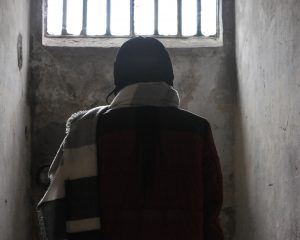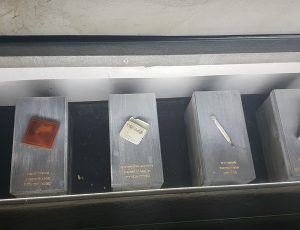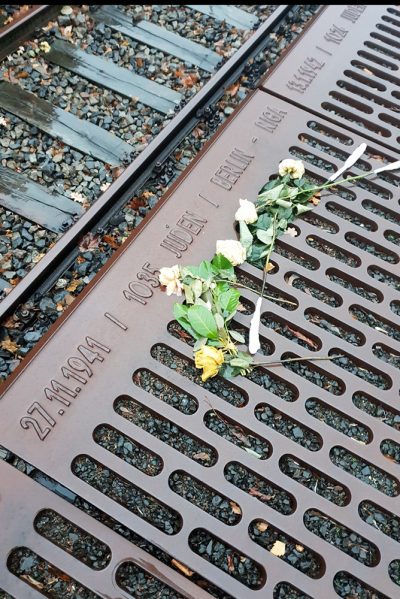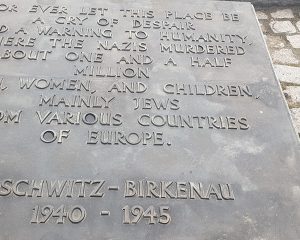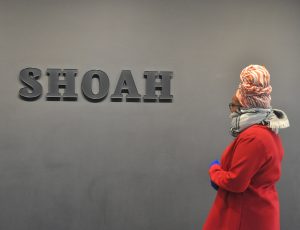Confronting our Past through a Distant Mirror:
Reflections on the Holocaust as a tool for teaching about Memory and Justice in South Africa
Presences & Absences
And we stumbled across memory (and its failures) in action — a far-right rally at the Brandenburg Gate, and naked racism in Nuremberg. We were struck as much by the presence of these markers as by mournful absences. Empty synagogues, unvisited cemeteries, brass cobblestones reminding us of residents long since dragged away and killed.
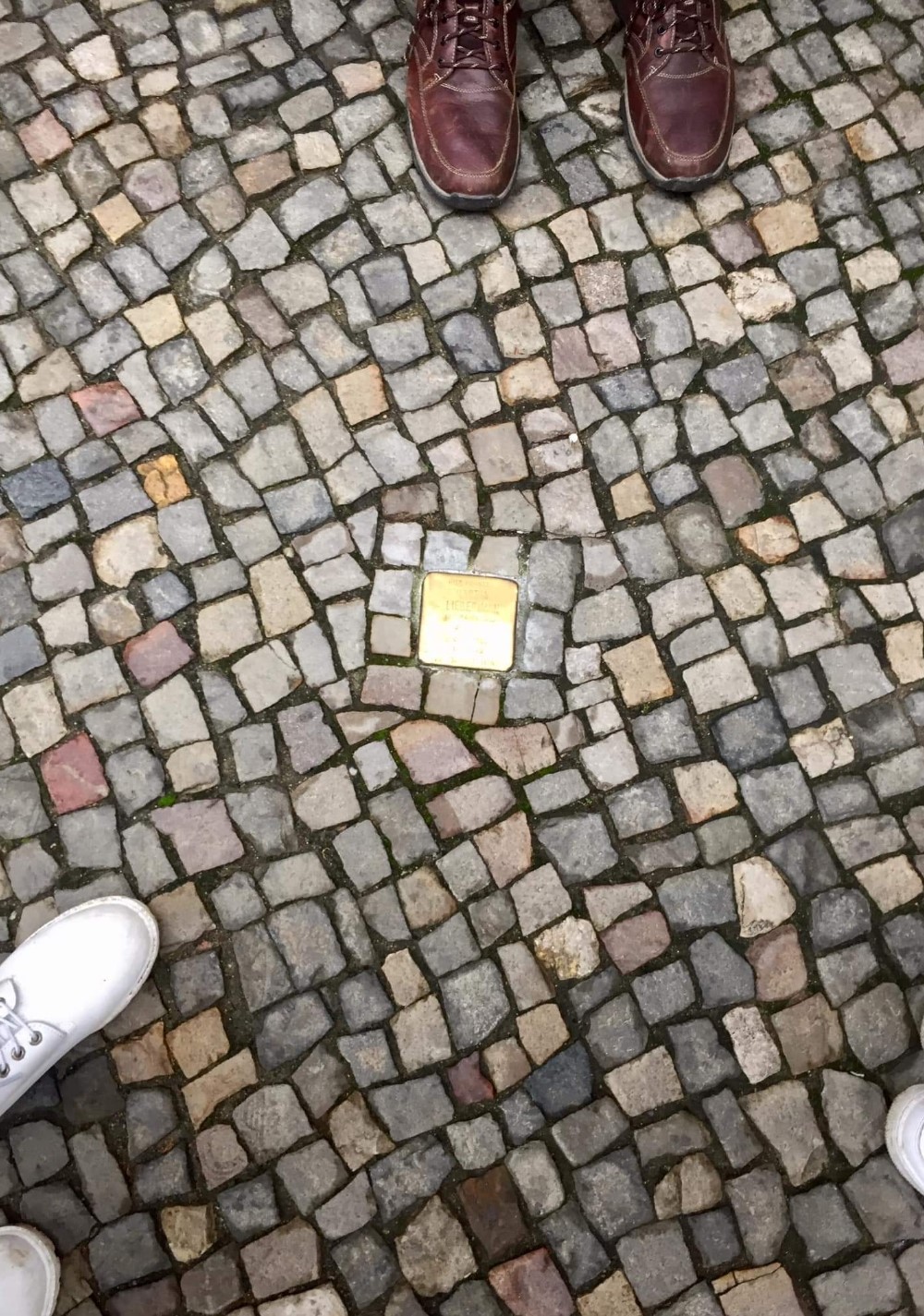
The triangle is a significant symbol in the history of concentration camps during the Holocaust because the Nazis used different coloured triangles to identify different targeted groups.
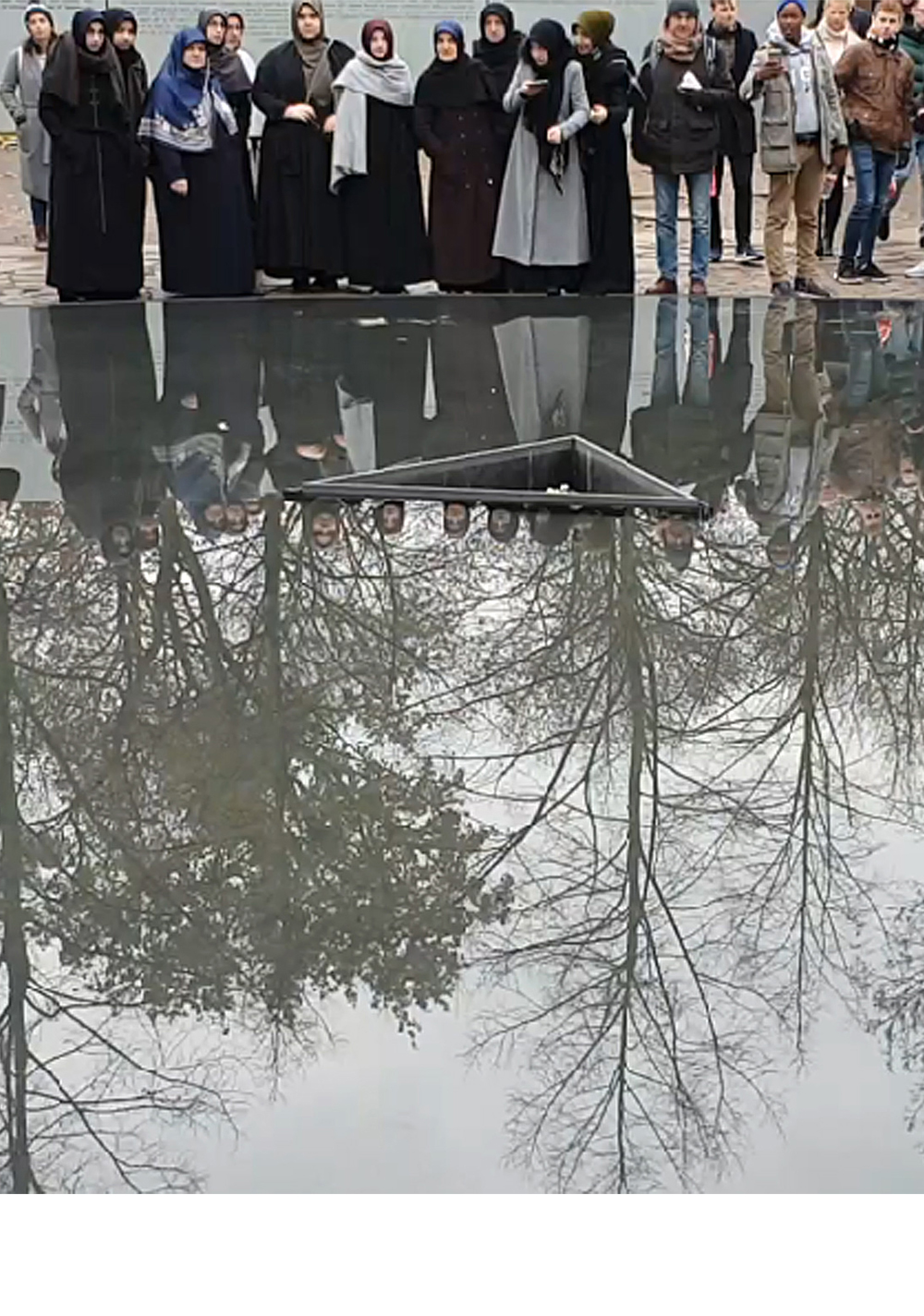
The evidence of the Holocaust has been memorialised in the pavement. Stoplesteine are stepped on and over by the cities’ residents and tourists, all documenting the rich variety of lives lived in these cities before they were snuffed out by one of history’s most notorious crimes.”
Photo: Ronel Koekemoer
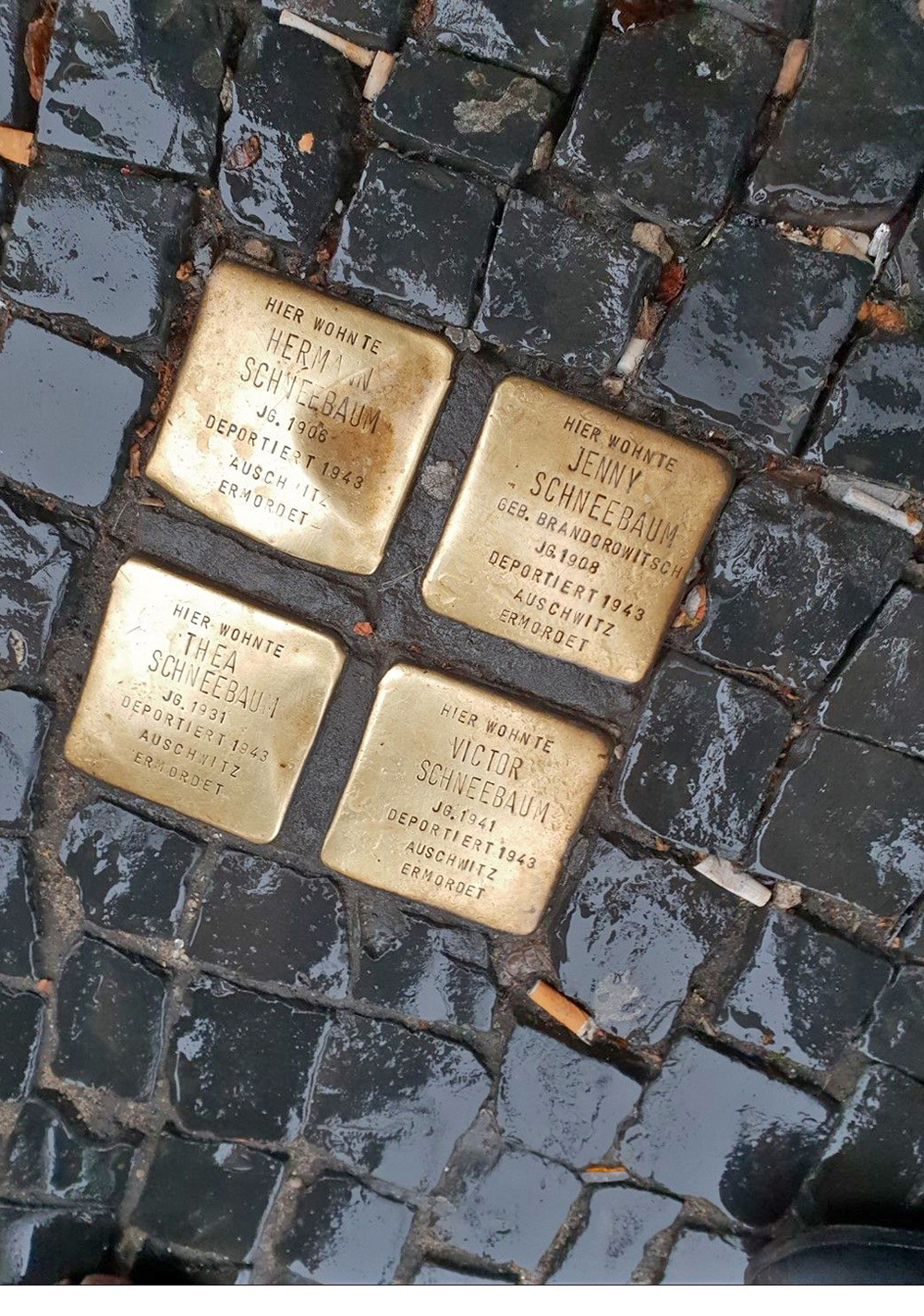
Photo: Ronel Koekemoer
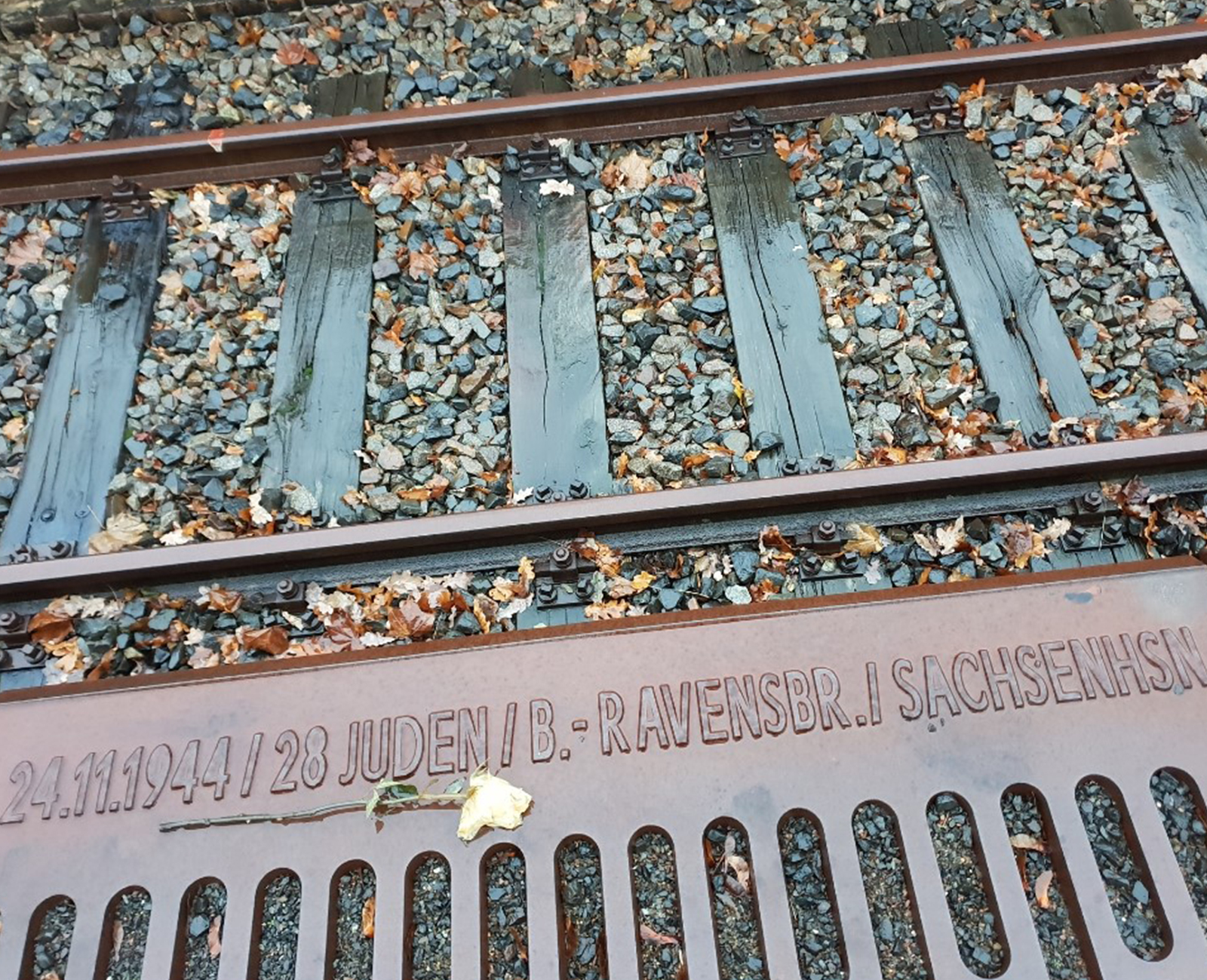
Photo: Ronel Koekemoer
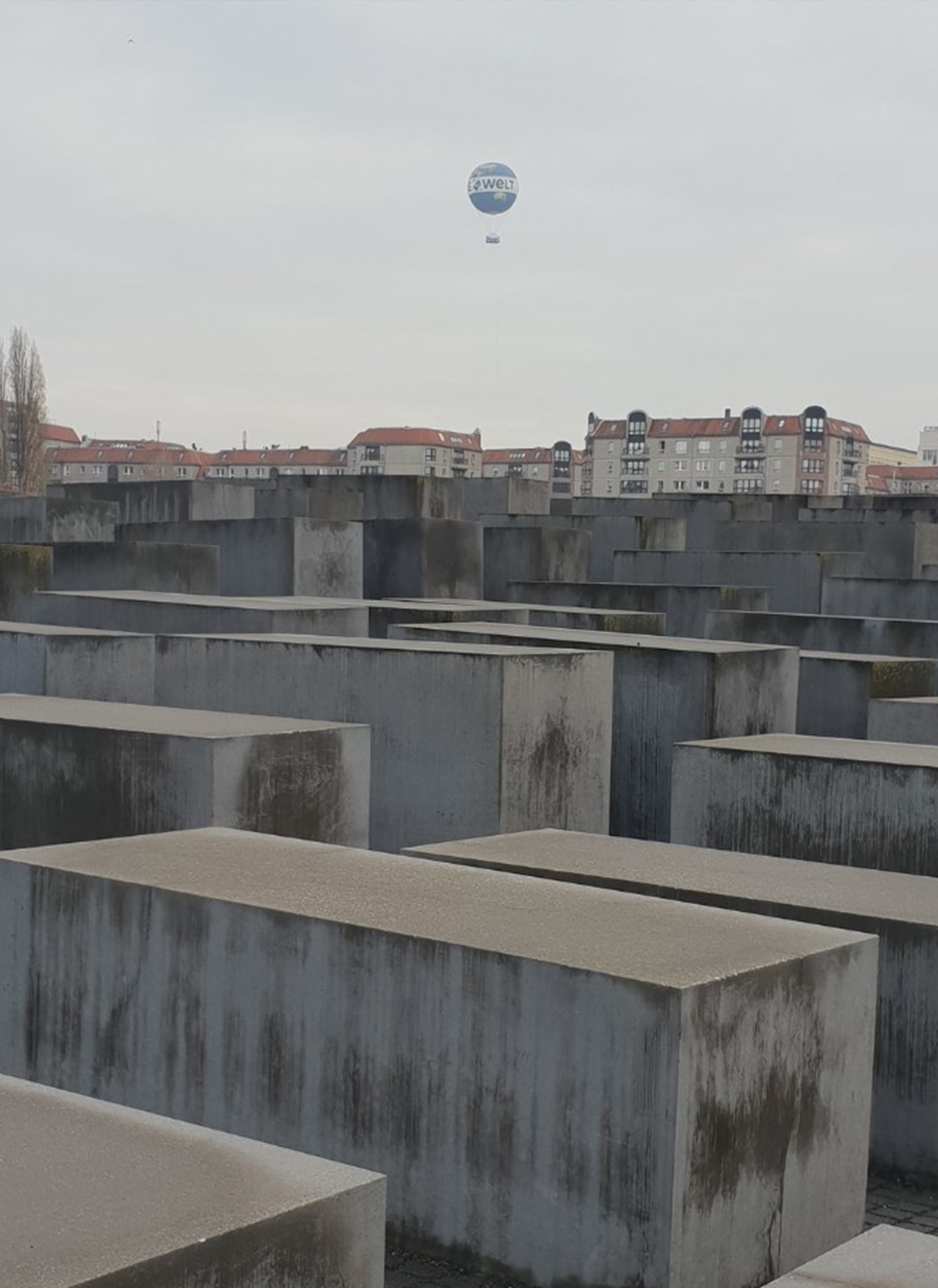
Photo: Ronel Koekemoer
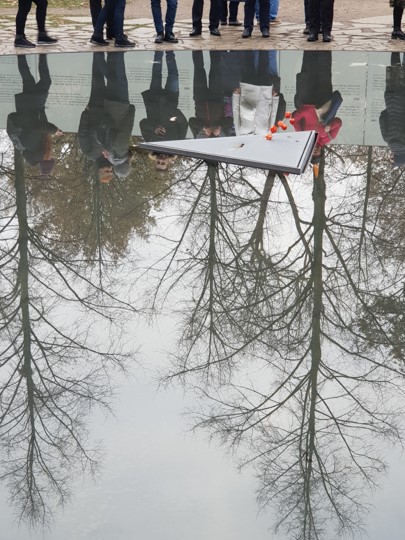
Photo: Ronel Koekemoer
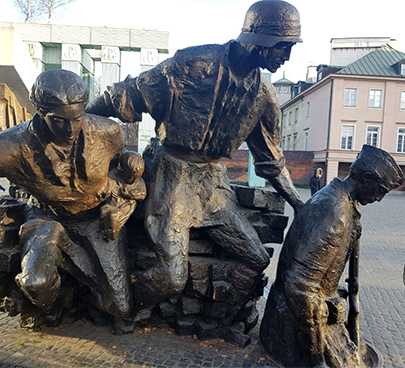
Photo: Langa Twala
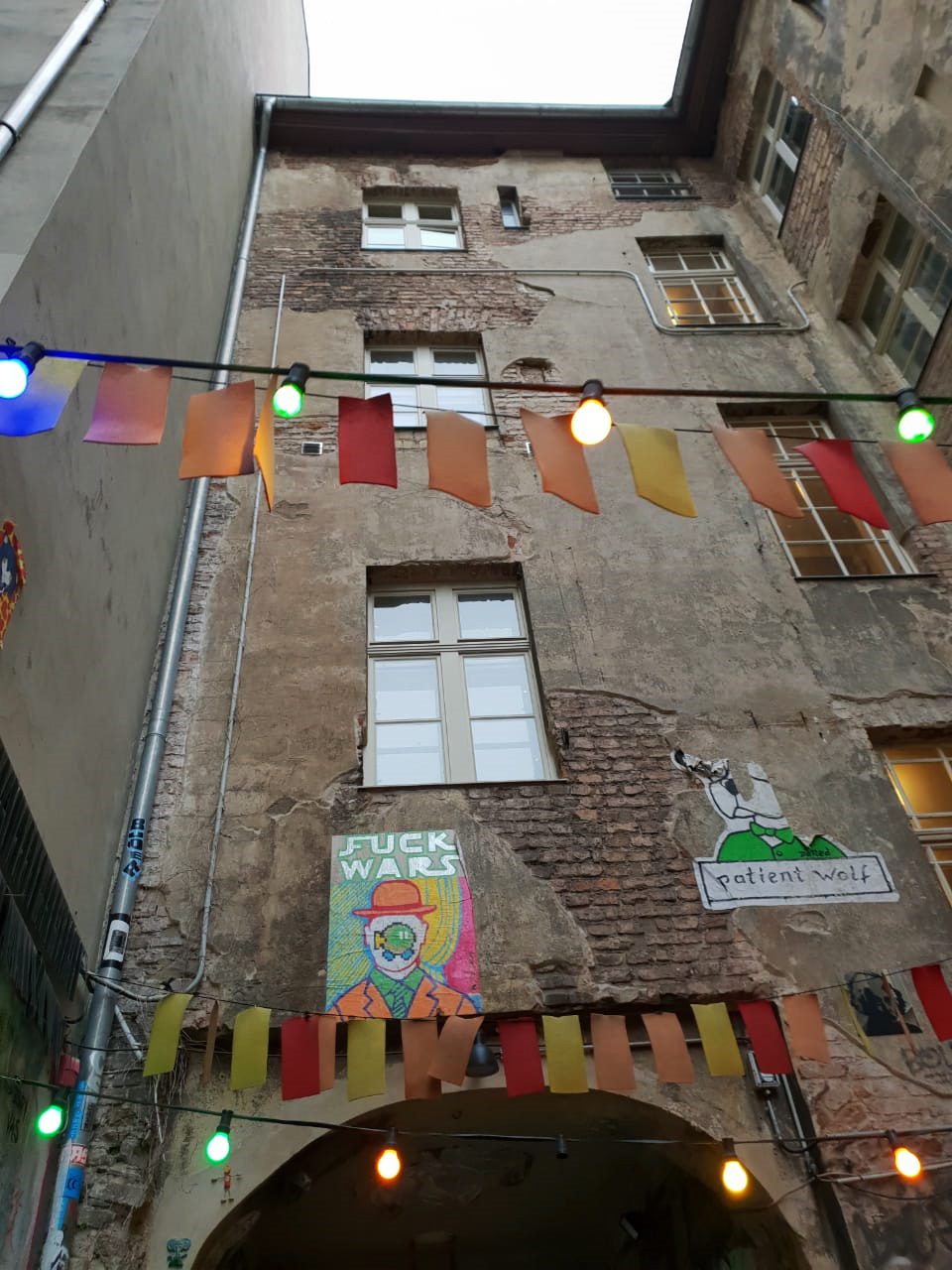
Photos: Ronel Koekemoer
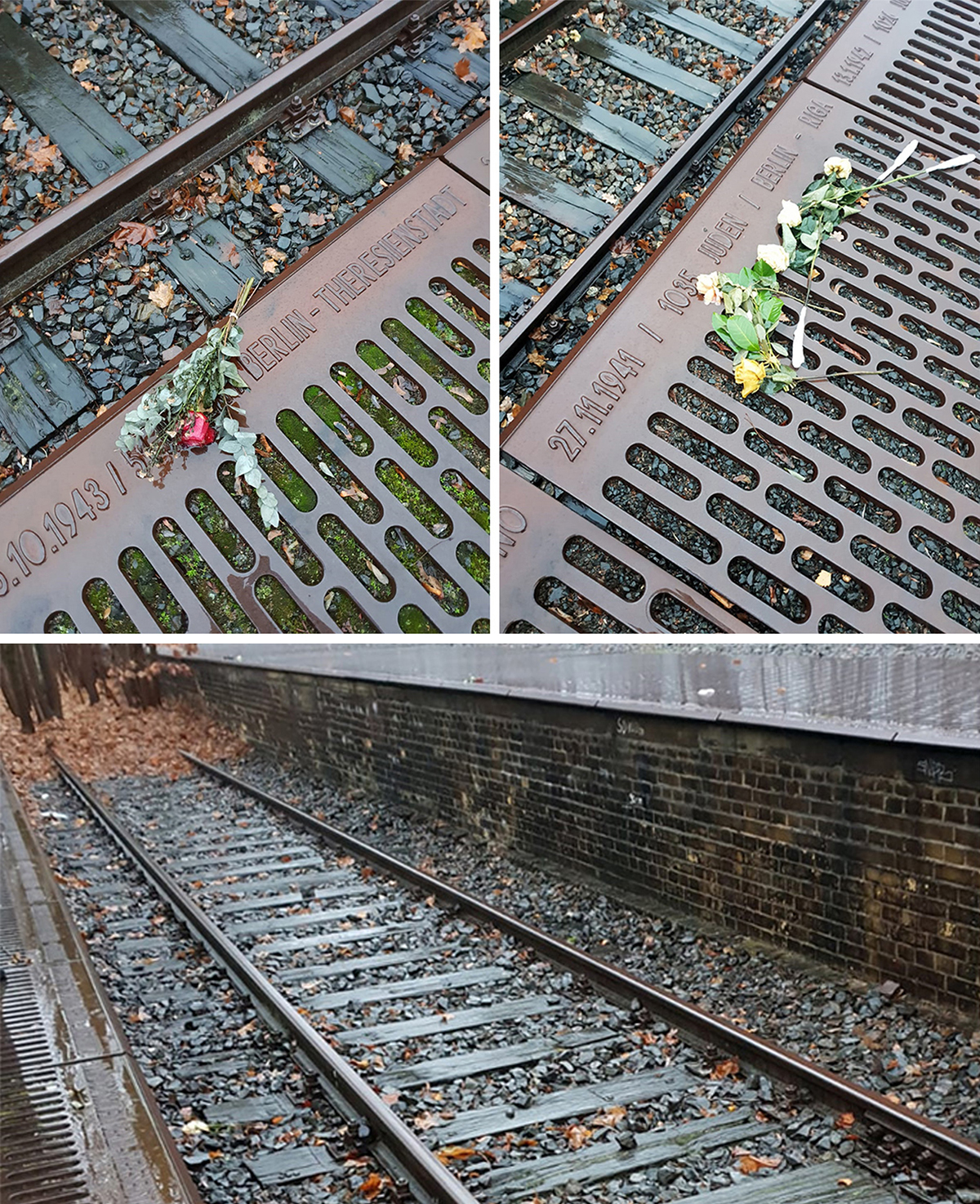
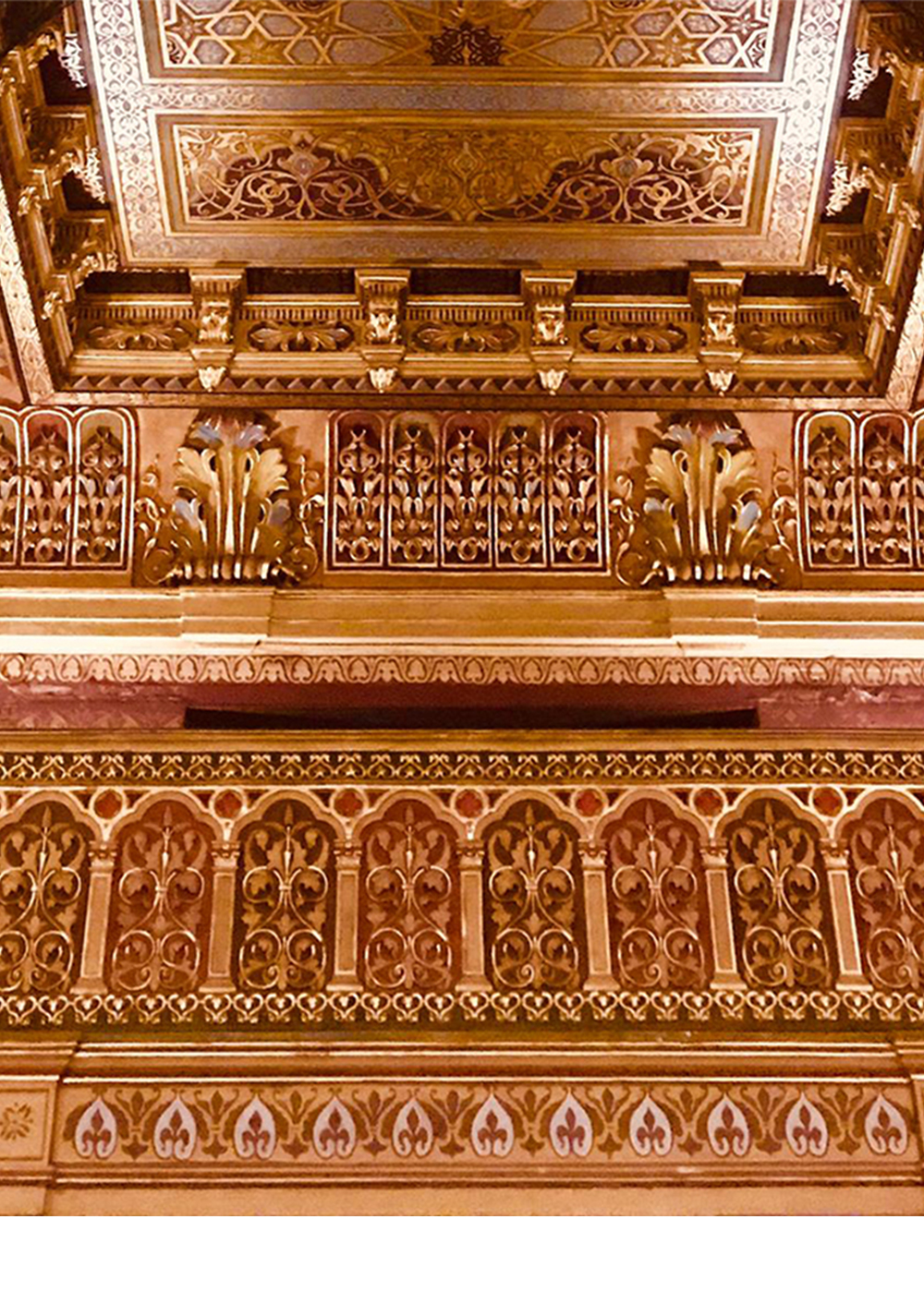
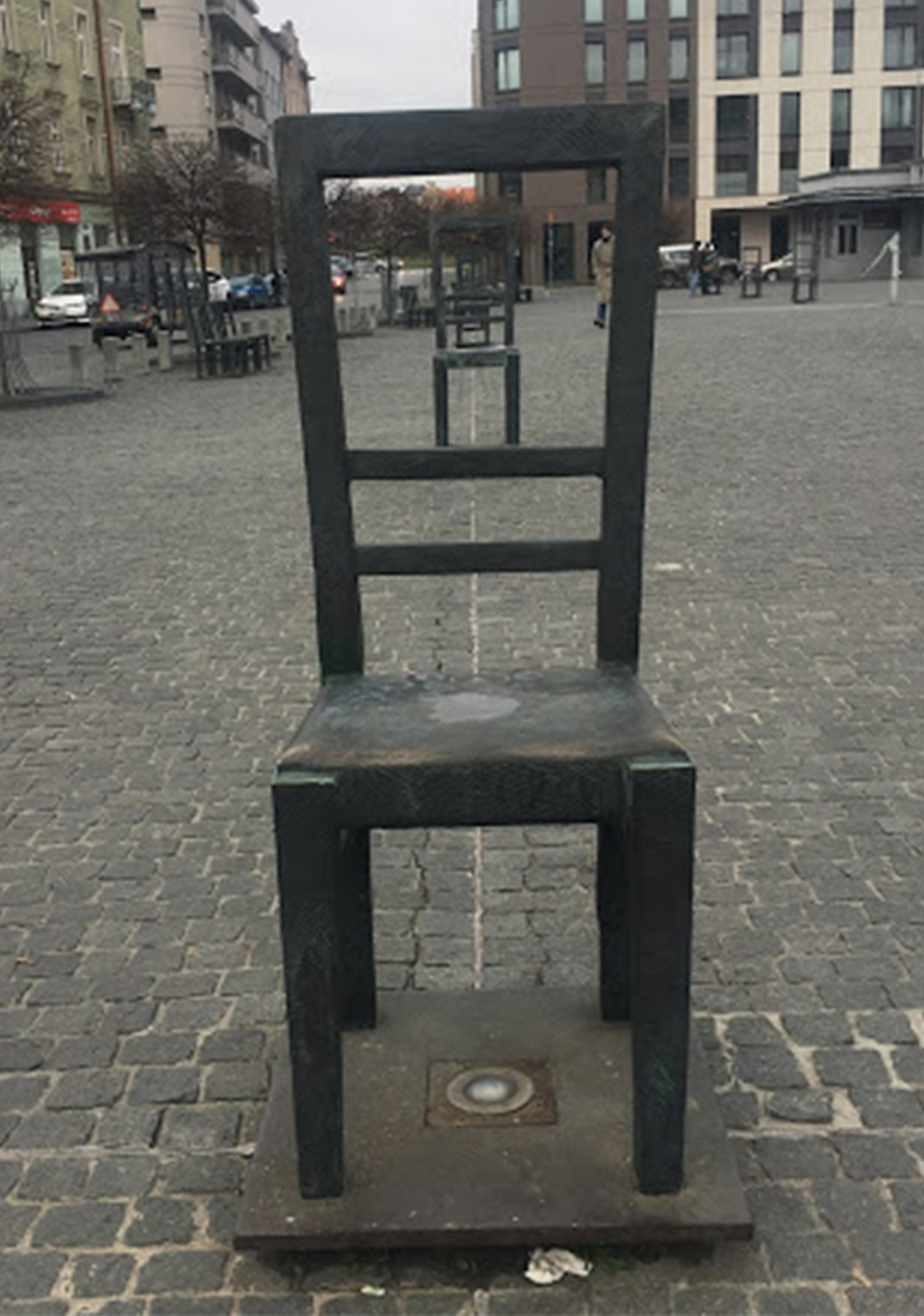
Photo: Kuhle Mnisi

Photo: Kuhle Mnisi
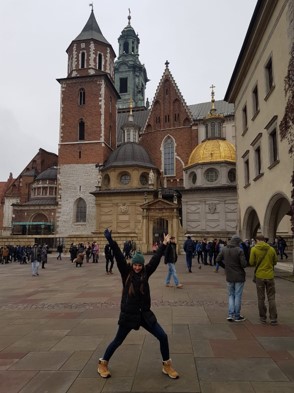
Photo: Kuhle Mnisi
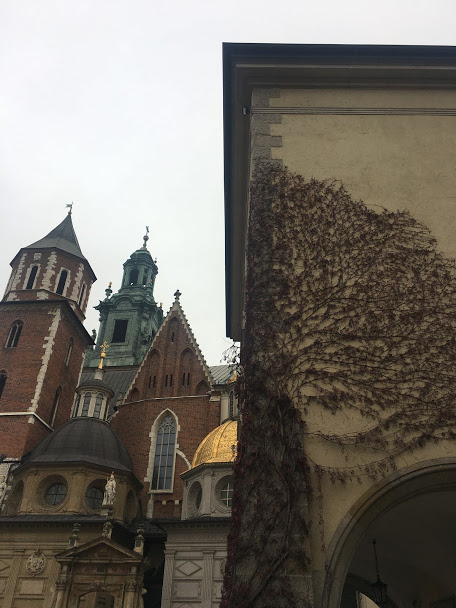
Langa Twala
“I remember standing at the centre of what was previously a buzzing city square. Still adjusting to the glaring cold conditions, I struggle to imagine what this town looked like, what its inhabitants wore, how they raised families here, which recreational activities filled their days. Entire communities existed here – once.”
Mame-Diara Mbaye
"The spectre of murder hung around Krakow. There were no Jewish people but so many buildings in Jewish architecture. There were no Jews anymore but so many memorials dedicated to them…What does it mean to continue mundane acts of life on the same grounds which were once the site of extreme suffering and death?”
Cassandra Da Cruz:
“During our journey through Krakow, it felt as though you could see a shadow of the former life of an integral part of society. It was puzzling that a city that was once home to 60 000 Jews could have only 600 Jewish residents left. It partly felt as though this aspect was kept alive only as a tourist attraction, with golf carts of tourist whipping through city – advertising visits to the Kazimierz and death camps.”
And we stumbled across memory (and its failures) in action — a far-right rally at the Brandenburg Gate, and naked racism in Nuremberg. We were struck as much by the presence of these markers as by mournful absences. Empty synagogues, unvisited cemeteries, brass cobblestones reminding us of residents long since dragged away and killed.

The triangle is a significant symbol in the history of concentration camps during the Holocaust because the Nazis used different coloured triangles to identify different targeted groups.
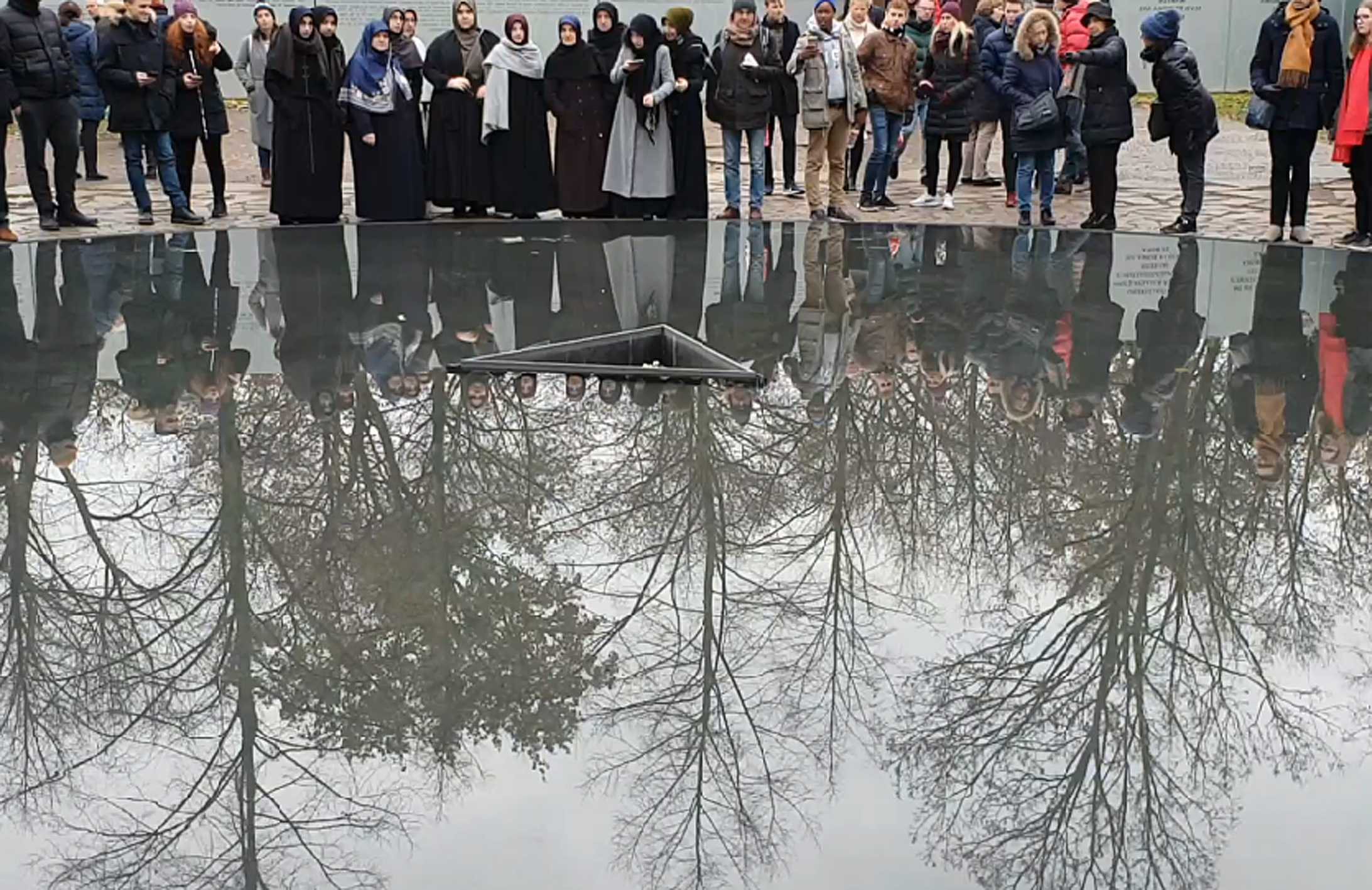
The evidence of the Holocaust has been memorialised in the pavement. Stoplesteine are stepped on and over by the cities’ residents and tourists, all documenting the rich variety of lives lived in these cities before they were snuffed out by one of history’s most notorious crimes.”
Photo: Ronel Koekemoer
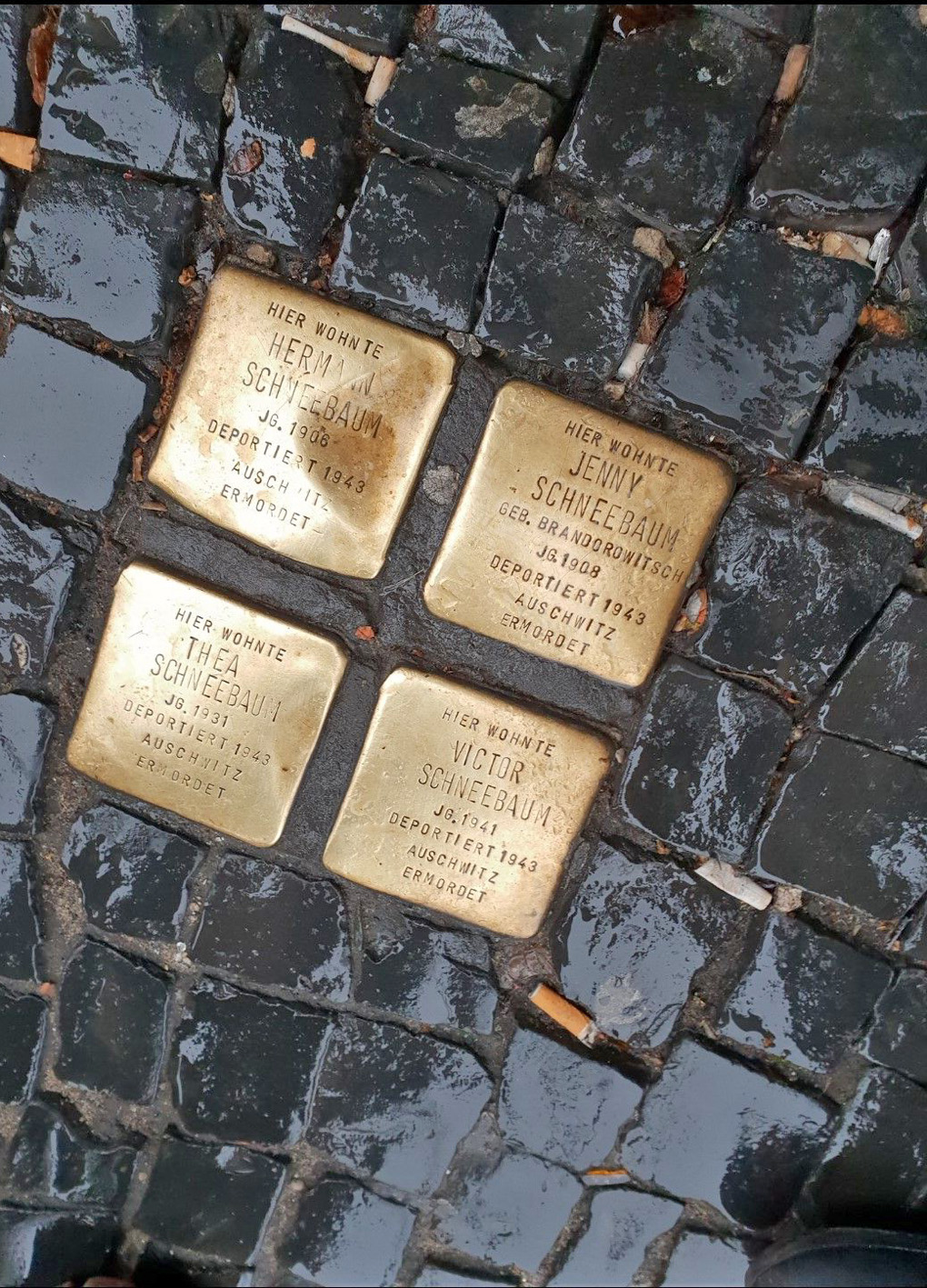
Photo: Ronel Koekemoer
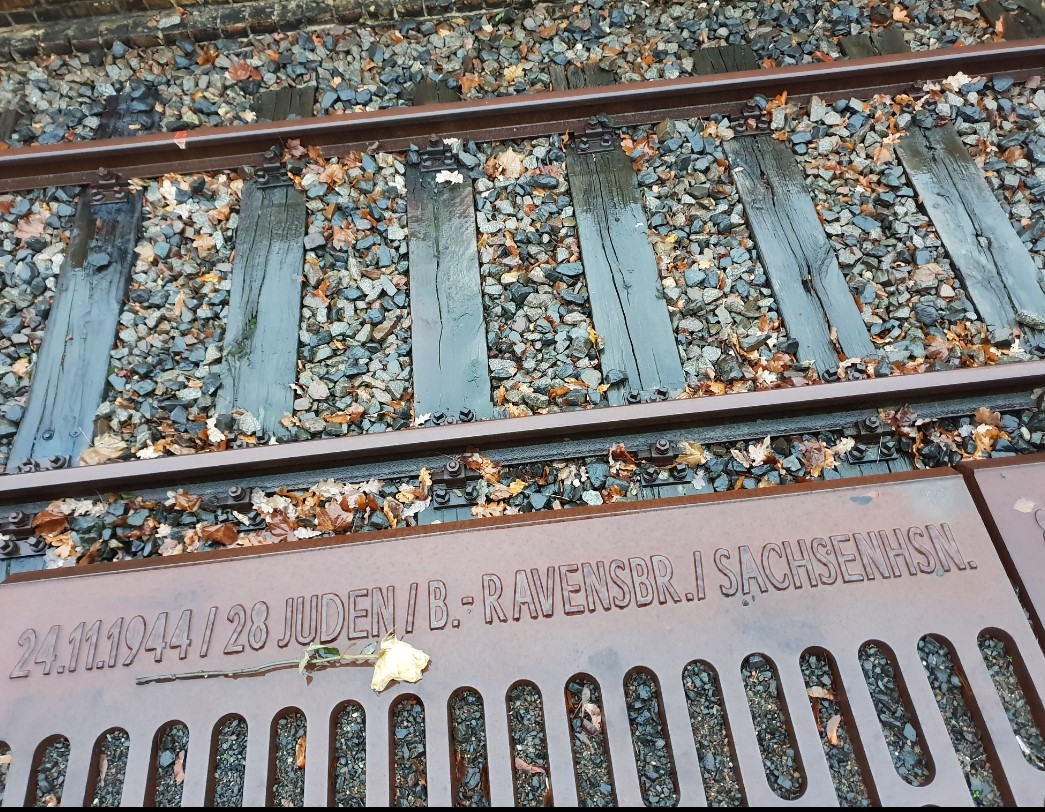
Photo: Ronel Koekemoer
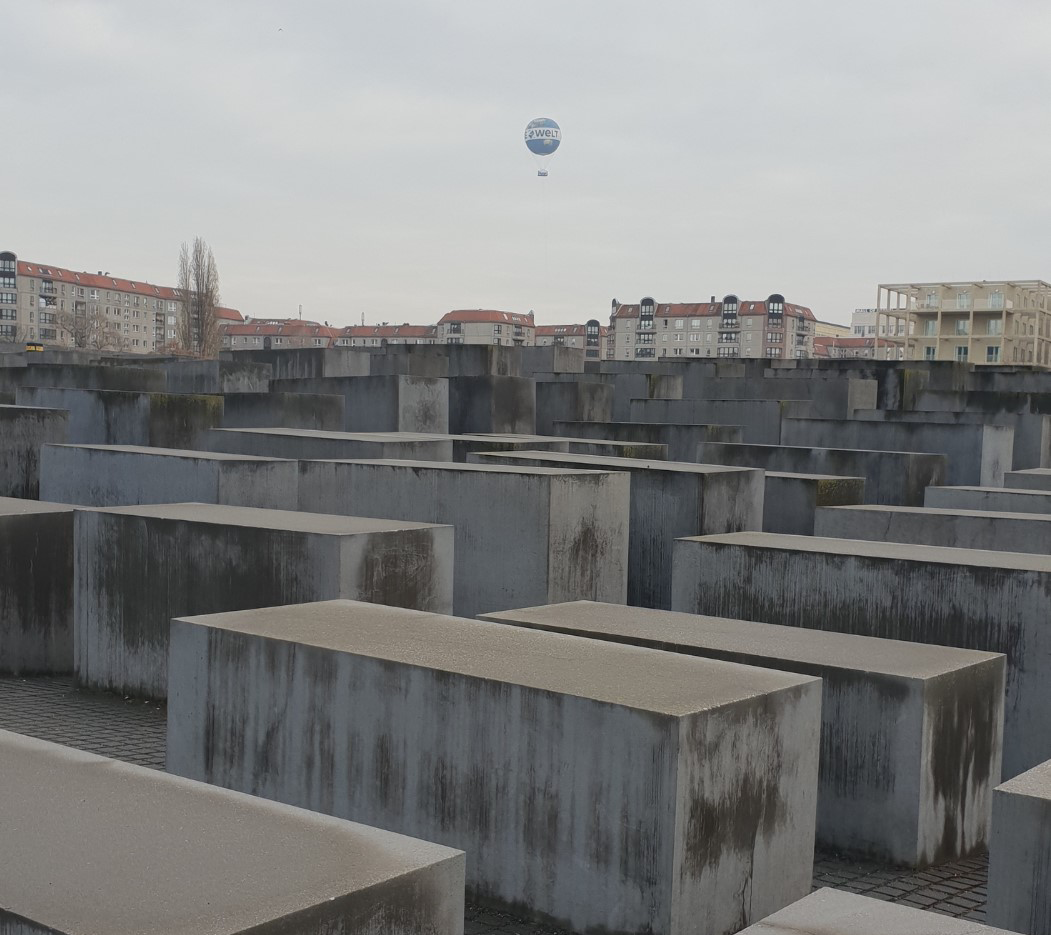
Photo: Ronel Koekemoer

Photo: Ronel Koekemoer
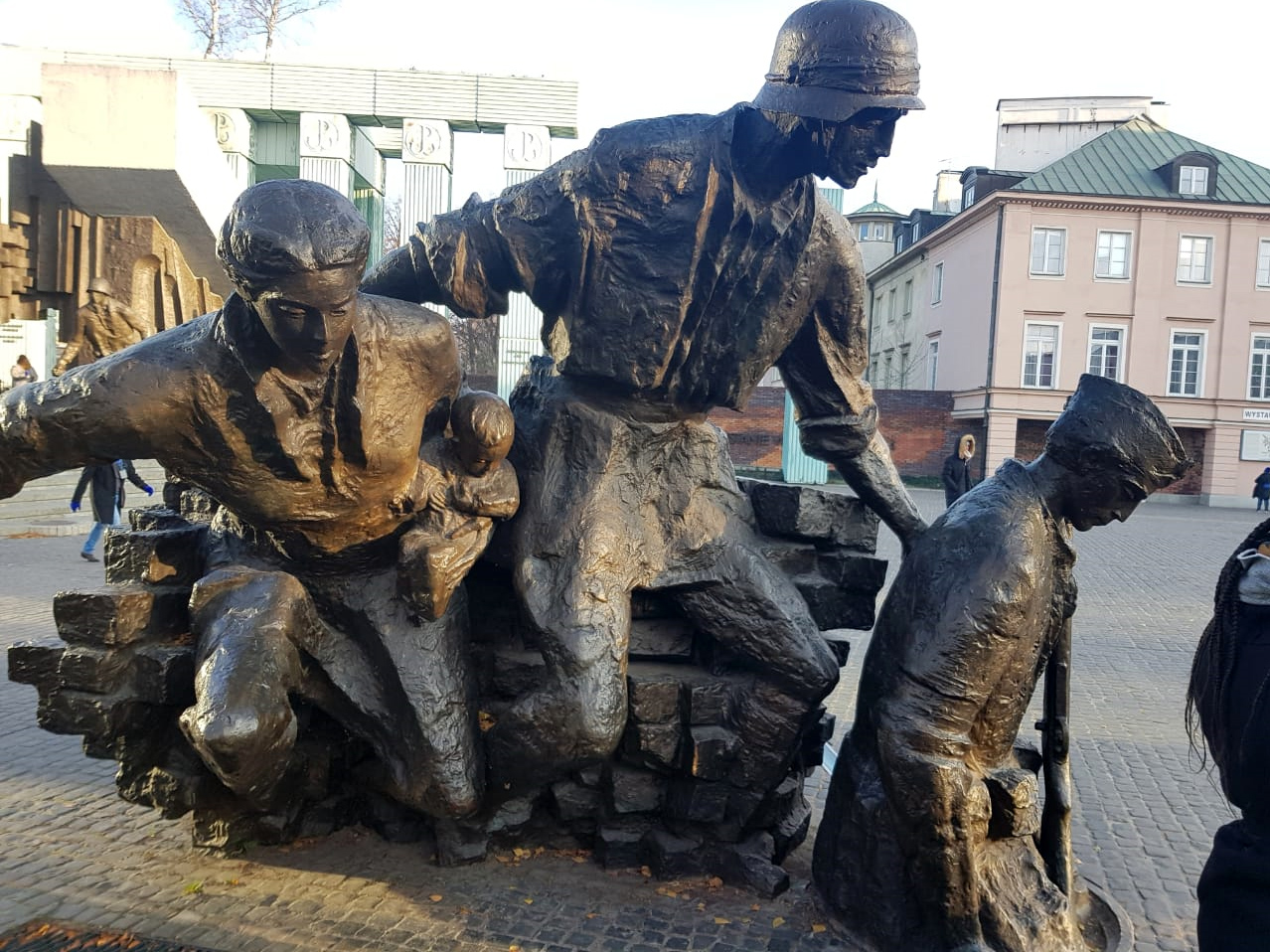
Photo: Langa Twala

Photos: Ronel Koekemoer

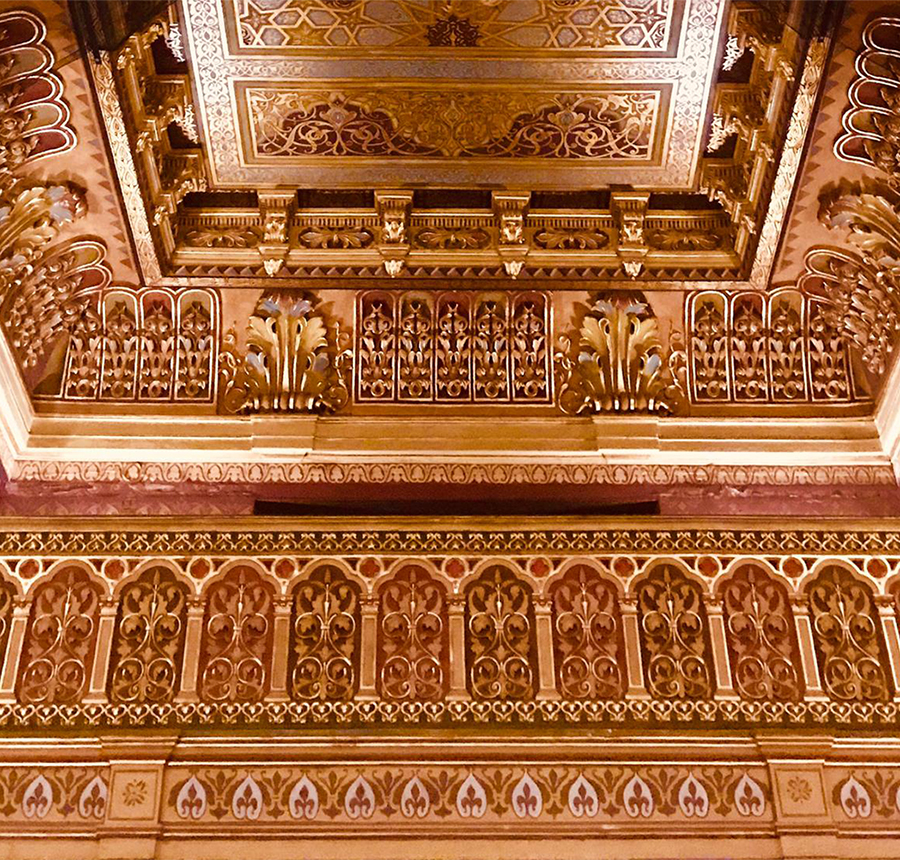
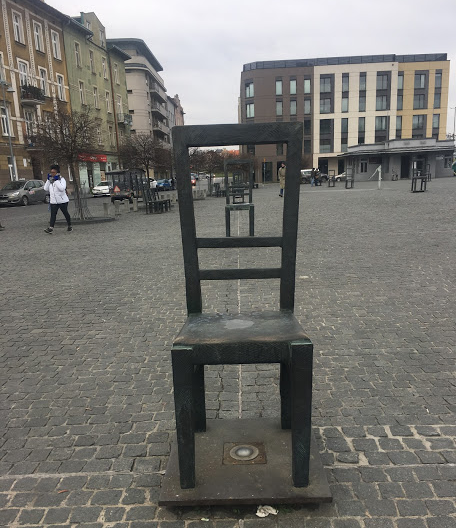



Langa Twala
“I remember standing at the centre of what was previously a buzzing city square. Still adjusting to the glaring cold conditions, I struggle to imagine what this town looked like, what its inhabitants wore, how they raised families here, which recreational activities filled their days. Entire communities existed here – once.”
Mame-Diara Mbaye
“ The spectre of murder hung around Krakow. There were no Jewish people but so many buildings in Jewish architecture. There were no Jews anymore but so many memorials dedicated to them…What does it mean to continue mundane acts of life on the same grounds which were once the site of extreme suffering and death?”
Cassandra Da Cruz:
“During our journey through Krakow, it felt as though you could see a shadow of the former life of an integral part of society. It was puzzling that a city that was once home to 60 000 Jews could have only 600 Jewish residents left. It partly felt as though this aspect was kept alive only as a tourist attraction, with golf carts of tourist whipping through city – advertising visits to the Kazimierz and death camps.”
